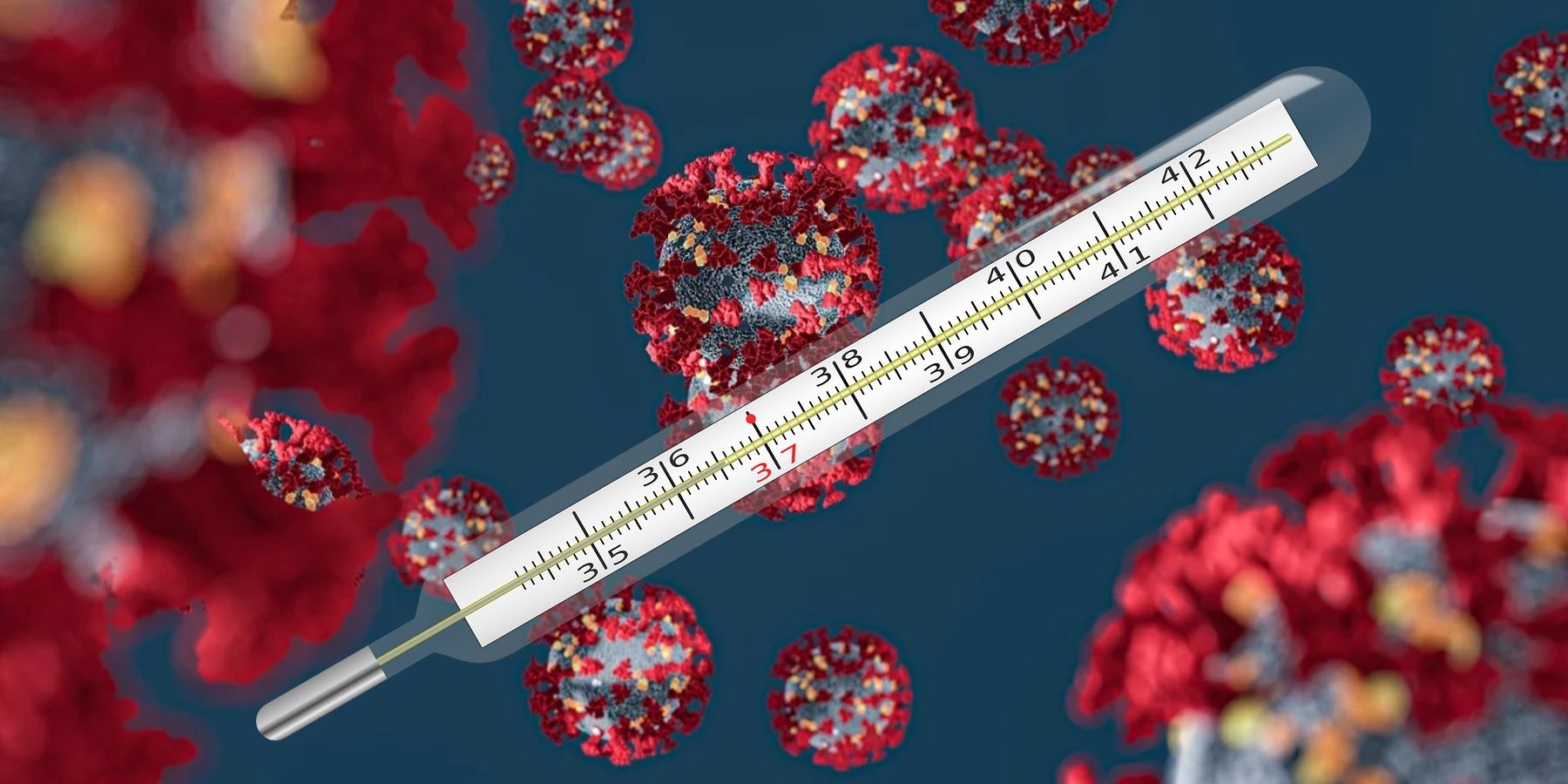Facebook has now released a new mapping tool that lets people check an estimated number of people suffering from coronavirus-related symptoms in a given area. This is only the latest COVID-19 tool to come from Facebook, and the wider technology community, in general.
One of the clear trends of recent weeks has been the reliance on technology companies to find solutions to the COVID-19 pandemic. Many tech companies have responded with various micro changes designed to help in a certain way, like for example, minimizing the spread of misinformation. However, then there have been the bigger tech companies that have looked to directly draw on big data solutions to provide insight, tracking, and symptom-checking with Apple, Facebook, Google, and Microsoft among the names.
Facebook’s new coronavirus symptom map has been released as part of the company’s Data for Good program. The map has been created in collaboration with Carnegie Mellon University (CMU) Delphi Research Center who appears to be mostly processing the collected (and anonymous) data. Speaking of which, unlike other maps that highlight official numbers, Facebook’s symptom tracker is based on information provided by the Facebook community. For example, surveys are sent out to Facebook users and it is those responses that have been used to populate the map. Facebook says it doesn’t store or collect the individual responses and CMU continually remains unaware of who exactly took part in the survey. As of right now, maps are only available for the United States.
How The New Facebook Map Works

The most important thing to understand here is that the numbers provided are only estimates. What’s more, they are not counted in the traditional sense, but based on optional user feedback. Therefore, they should not be assumed to be definitive, but usable as an indication of how an area is likely impacted. Of course, there are ways the information can be interpreted more literally. For example, if an area is suddenly showing a severely elevated level of reported symptoms, then that it is likely to be an indication of a sudden spike.
This last point is probably where the map is most likely to be of the most use as seeing hotspots develop in the early stages allows local and state-level authorities to react in a more timely manner. As well as maybe provide some indication to residents that an issue is developing in their location. In turn, this can help to better protect those individuals by providing them with a heightened level of awareness and advanced warning of a developing issue. Like all of the many coronavirus-related tools that have been released in the past few weeks, this is not a solution in itself, but another tool that might be of use, along with the others.





